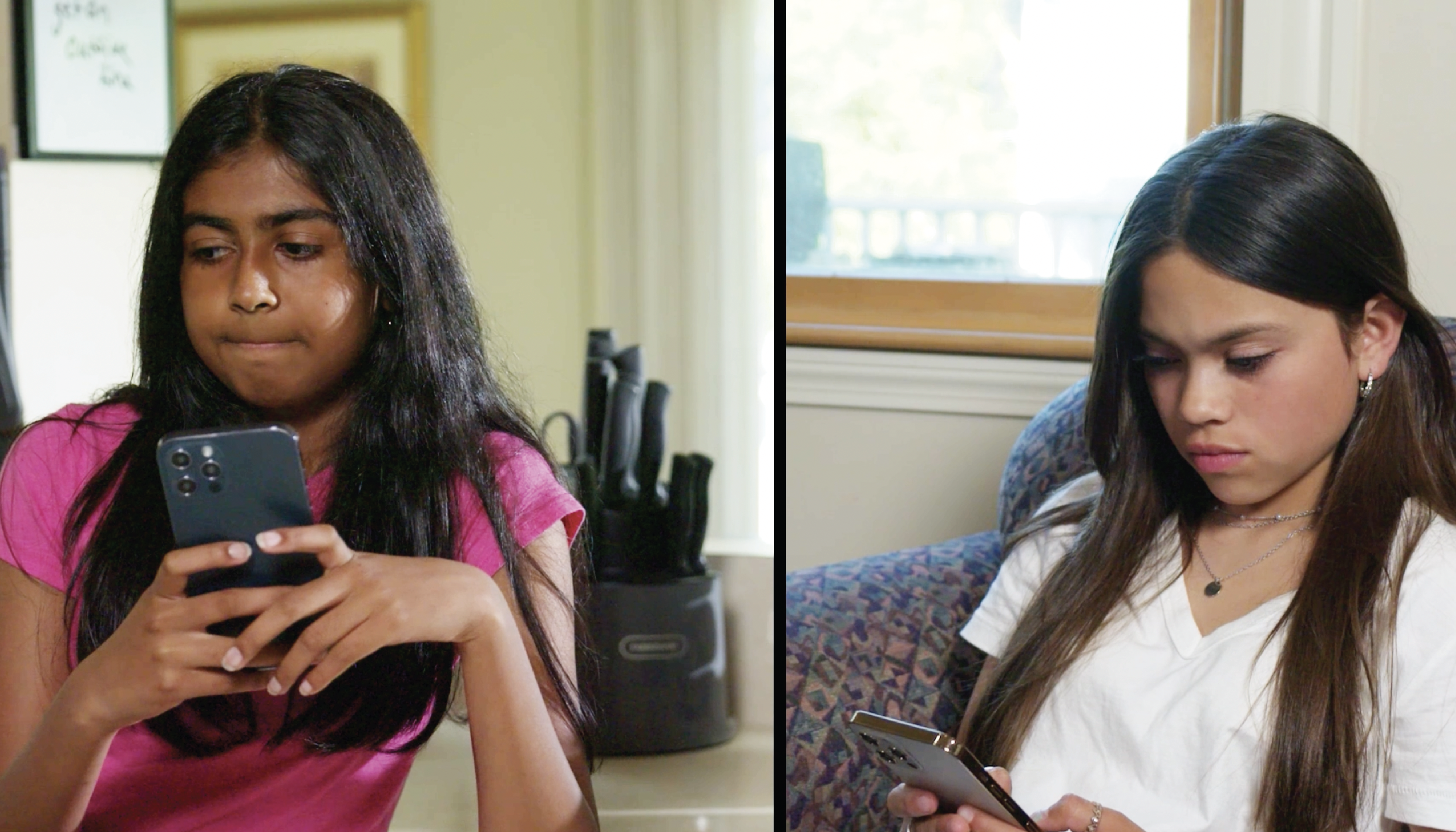
Introduction
Text messaging has become an essential means of communication among friends and family. However, it is not without its challenges. Understanding the meaning of text messages can be tricky due to the absence of body language, facial expressions, and tone of voice. Miscommunications can lead to confusion or hurt feelings. This blog post will explore an easy, no-prep activity to help students navigate miscommunication in texting, followed by discussion questions and related skills for further exploration.
No-Prep Activity: Text Message Interpretation
This activity requires no preparation or materials from the educator and is designed to help students understand the potential for miscommunication in text messaging. Follow these steps:
- Divide students into pairs or small groups.
- Ask each group to come up with a short, ambiguous text message that could be interpreted in multiple ways.
- Have each group share their text message with another group or the class.
- Ask the receiving group to discuss and share their interpretation of the message.
- After hearing the interpretations, the original group can share the intended meaning and discuss the differences in understanding.
This activity can help students recognize the potential for miscommunication in texting and encourage them to think more carefully about the messages they send and receive.
Discussion Questions
Use these questions to stimulate further discussions about miscommunication in text messaging:
- Why is it important to be aware of the potential for miscommunication in text messages?
- What strategies can you use to avoid misunderstanding text messages from others?
- How can you make your own text messages clearer to avoid miscommunication?
- What can you do if you realize that a miscommunication has occurred in a text message conversation?
- How can understanding others’ perspectives help reduce miscommunication in texting?
Related Skills
Understanding and addressing miscommunication in text messaging can also help students develop other valuable skills:
- Active Listening: Encouraging students to read messages carefully and ask clarifying questions when needed can improve their overall listening skills.
- Empathy: Teaching students to consider the sender’s perspective and feelings can help them develop empathy for others.
- Conflict Resolution: Addressing miscommunications in a respectful manner can help students build effective conflict resolution skills.
- Communication: Practicing clear, concise, and thoughtful messaging can improve students’ overall communication abilities.
Next Steps
Helping students navigate miscommunication in text messaging is an important aspect of Social-Emotional Learning. To continue supporting your students in developing these skills, sign up for free samples of related skill-building activities and resources at Everyday Speech. Explore a range of materials designed to foster effective communication, empathy, active listening, and conflict resolution among your students.

